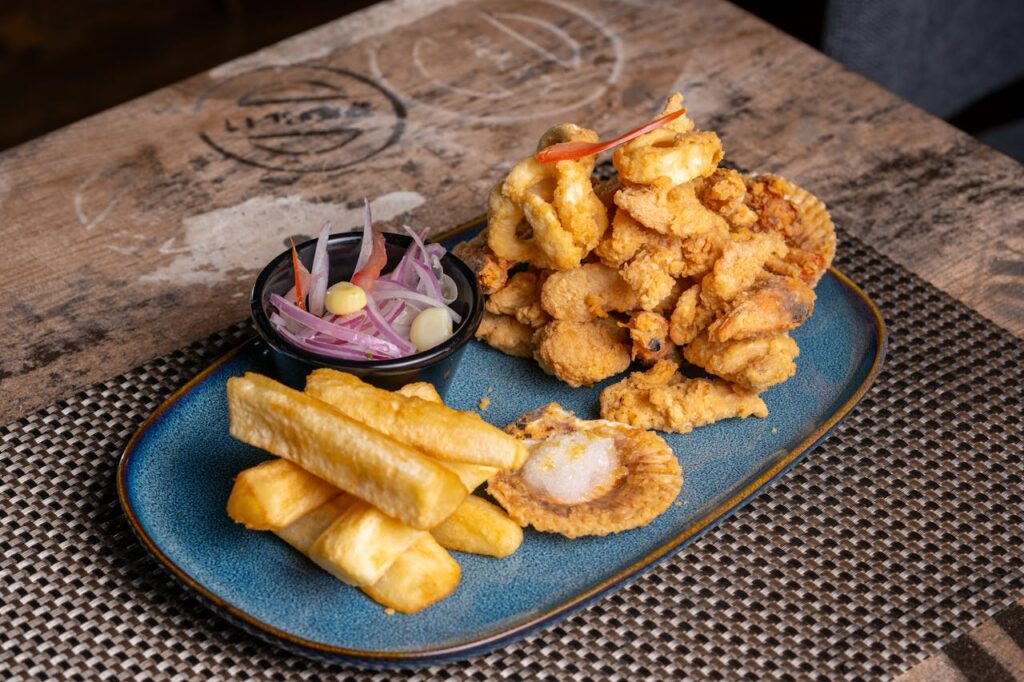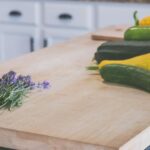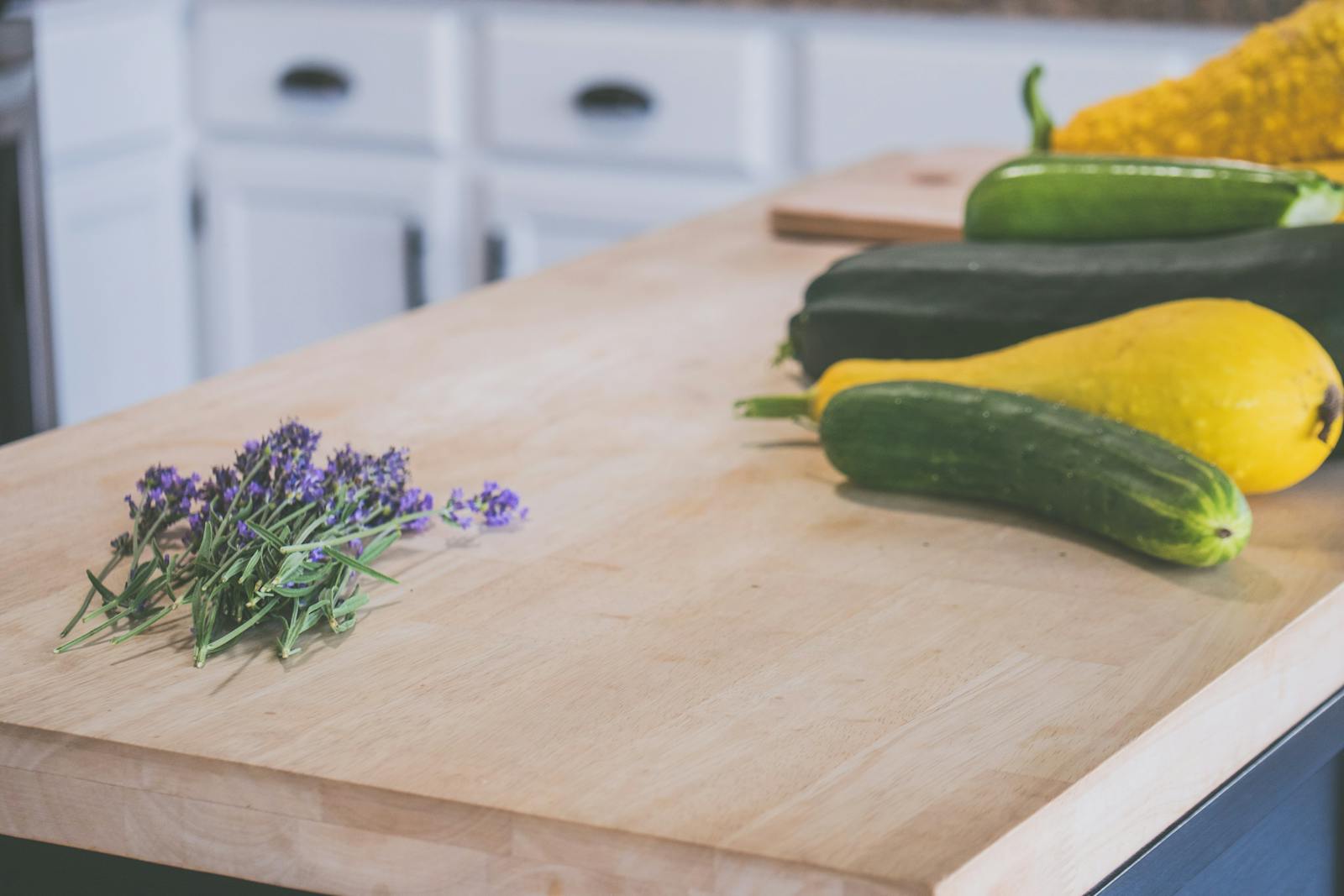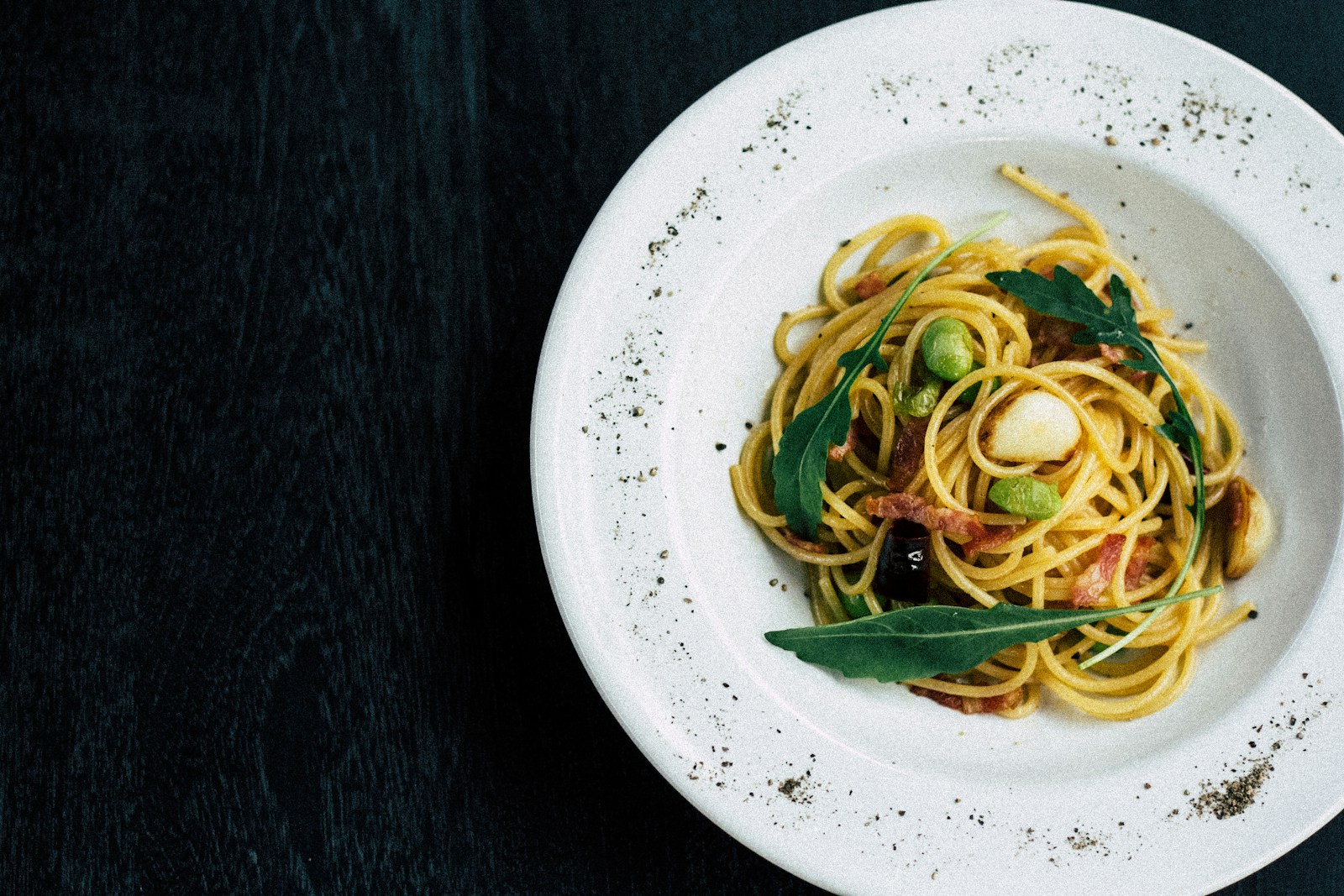Ever wondered why your culinary creations don’t always turn out like the recipe photos? You’re not alone. Many home cooks, regardless of experience, make certain common cooking mistakes that can significantly impact the final dish. This isn’t about being a “bad” cook; it’s about understanding the why behind cooking techniques. This article will identify five frequent errors, explain the science behind them, and, most importantly, show you how to fix them—permanently improving your kitchen skills. We’ll go through it together, one issue at a time, transforming kitchen frustrations into confident cooking.
The Perils of the Packed Pan: Learn to Sear, Not Steam
One of the most prevalent kitchen issues is overcrowding the pan. You want that beautiful, flavorful browning on your meat or vegetables, but instead, you end up with a sad, steamed pile. This isn’t due to low heat or the wrong pan; it comes from something simple to fix. When too much food is crammed into a pan, the temperature drops dramatically.
The bottom of the pan matters, yes. The heat source matters, of course; the food itself releases moisture as it cooks. This moisture, in a packed pan, can’t evaporate quickly enough. Instead of evaporating, it gets trapped, creating steam. Rather than searing and developing those desirable flavors and textures created by the Maillard reaction (the chemical reaction between amino acids and reducing sugars that gives browned food its distinctive flavor), your food simmers in its own juices.
The solution is simple: cook in batches. It might take a little longer, but it’s worth it. Give each piece of food enough space to breathe. You’ll notice a significant difference in the color, texture, and overall taste. Another key aspect is starting with a hot pan. Making sure the pan is adequately preheated before adding any food ensures a good sear. Different pans have varying heat retention; a cast iron pan, for example, holds heat longer than a thin stainless steel one.
Seasoning: The Tightrope Walk Between Bland and Over-Salted
Seasoning correctly is fundamental to good cooking. It’s much more than simply adding salt. Under-seasoned food tastes bland and lifeless, while over-seasoned food is, well, inedible. The key is to season throughout the cooking process, not just at the end. I used to wait until plating, afraid to change the recipe too much. Each componet of a dish often needs separate seasoning.
Think of it this way: if you’re making a soup, the vegetables, the meat, and the broth all need to be seasoned individually. Adding salt only at the end means the salt sits on the surface of the food, rather than being incorporated into it. The flavor is flat.
Start by seasoning your ingredients before they even hit the pan. For example, salt your steak or chicken a few minutes (or even hours for a dry brine) before cooking. When sautéing vegetables, add a pinch of salt early on to help them release their moisture and develop flavor. Taste as you proceed. Use your taste buds to guide you. Don’t be afraid to add a little more salt, pepper, or other spices as needed. Remember the taste changes as water evaporates, reducing a sauce, for example, will concentrate its flavor.
Consider other flavoring agents beyond salt. Herbs, spices, citrus zest, and vinegars can all add depth and complexity to you’re cooking. Experiment with different flavor combinations to find what you enjoy. It’s a free country, and your taste buds are yours to use.
Measuring Matters: Precision in Baking, Flexibility in Cooking
Baking is a science. It is. Incorrect measurements can lead to cakes that don’t rise, cookies that spread too thin, or bread that’s dense and tough. Unlike savory cooking, where you can often adjust ingredients to taste, baking requires precision.
The reason is the chemical reactions that occur during baking. The proportions of ingredients like flour, sugar, butter, and leavening agents (baking powder or baking soda) are carefully balanced to create the desired texture and structure. Changing these proportions can drastically alter the outcome.
Invest in a good set of measuring cups and spoons, and learn how to use that properly. For dry ingredients like flour, use the “spoon and level” method: spoon the flour into the measuring cup, then level it off with a straight edge. Don’t pack the flour down, or you’ll end up with too much. For liquid ingredients, make that the measuring cup is on a level surface and read the measurement at eye level.
While baking demands accuracy, savory cooking offers much greater freedom. You can adjust the amount of spices, herbs, or vegetables to your liking. This is where your creativity can shine. Don’t be afraid to experiment and find your own style. One chef’s medium onion can weigh almost twice that of another’s. Recipes are guides, not math textbooks. (Unless it’s a baking recipe, of course.)
The Temperature Tango: High, Medium, Low, and Everything In-Between
Understanding heat control is crucial for successful cooking, especially in stovetop recipes. Using the wrong heat level can lead to food that’s burned on the outside and raw on the inside, or food that’s cooked so slowly it becomes dry and tough. Many recipes don’t explain the exact level very well.
Different cooking techniques require different heat levels. Searing, for instance, requires high heat to quickly brown the surface of the food. Sautéing typically uses medium-high heat, while simmering requires low heat to gently cook food over a longer period.
Learn to recognize visual cues that indicate the heat level of your pan. For example, when using oil, a shimmering surface indicates that the pan is hot enough for searing. Too high a flame and your cooking oil may start to smoke, which can cause problems, including changing the flavor and lowering the oil’s flash point.
Don’t be afraid to adjust the heat as needed during cooking. If the pan seems too hot, reduce the heat. If the food isn’t browning, increase the heat. Pay attention to what’s happening in the pan and react accordingly. Many cooks who are just starting out make the cooking mistake of leaving the heat at the same level throughout the entire process.

The Importance of Resting (Meat, That Is)
You’ve cooked a beautiful steak, chicken breast, or roast to perfection. You’re eager to slice into it and enjoy the fruits of your labor. Resist that urge. One of the most overlooked steps is resting, an easy step many overlook. It leads to more moisture and flavor.
When meat cooks, the muscle fibers contract, and the juices are forced towards the center. If you cut into the meat immediately, these juices will spill out onto the cutting board, resulting in a drier, less flavorful piece of meat.
Resting allows the muscle fibers to relax and reabsorb some of the juices. The result is a much more tender and juicy product; The internal temperature also continues to rise slightly during resting, a phenomenon known as “carryover cooking,” which needs to be factored into cooking times.
As a general rule, allow meat to rest for at least 5-10 minutes for smaller cuts like steaks and chops, and 10-20 minutes for larger roasts. Loosely tent the meat with foil to keep it warm. Don’t wrap it tightly, or you’ll create steam and lose that crispy crust you worked so hard to achieve.
Quick Takeaways
- Avoid Overcrowding: Give food space in the pan to promote browning and prevent steaming.
- Season Progressively: Season ingredients throughout the cooking process, tasting and adjusting as you go.
- Measure Carefully (in Baking): Baking requires precision, so follow recipes accurately.
- Master Heat Control: Understand different heat levels and adjust the heat as needed.
- Rest Meat: Allow cooked meat to rest before slicing to retain juices.
- Don’t Fear Experimentation: Have fun in the kitchen, while sticking to baking guidelines, savory cooking has flexibility.
- Use your senses: Rely on smells, visual clues, and, especially, taste to guide you, not just the clock.
Conclusion
Mastering the art of cooking is a process of continuous learning and refinement, one small step at a time. By addressing these five common cooking mistakes, you’ll be well on your way to creating delicious, well-cooked meals. Don’t be discouraged by occasional mishaps; it’s very few people who get it all right, all the time. Embrace the experience, learn from your mistakes, and most importantly, have fun in the kitchen. Consistent practice and attention to detail will inevitably lead to increased kitchen condifence and more enjoyable cooking experiences.
FAQs
Q1: What’s the best way to tell if my pan is hot enough for searing?
A: Add a drop of water to the pan. If it sizzles and evaporates almost instantly, the pan is ready. If it just sits there and boils, it’s not hot enough. For oil, look for a shimmering surface.
Q2: How do I know how much salt to add when seasoning?
A: Start with a small pinch and taste. You can always add more, but you can’t take it away. Consider the other ingredients; some, like soy sauce or olives, are naturally salty, and you will need to use less. Don’t only judge finished dishes; try ingredients at various stages of the cooking process.
Q3: Can I substitute baking soda for baking powder?
A: Not directly. Baking soda and baking powder are different leavening agents and work differently. Using the wrong one can significantly alter the texture and rise of baked goods. Baking powder already has the needed acid in it; Baking soda needs an acid to activate.
Q4: My steak is always tough. What am I doing wrong?
A: You’re mayby be overcooking it, not letting it rest, or both. Use a meat thermometer to check for doneness, and always allow the steak to rest for at least 5-10 minutes before slicing. The cut of meat matters, too, some are inherently tougher.
Q5: How can I learn to taste and adjust flavors better?
A: Practice! Taste your food frequently as you cook, and pay attention to the balance of flavors: salty, sweet, sour, bitter, and umami. Try adding a small amount of one element at a time and see how it changes the overall taste. A single ingredient can alter a dishes entire flavor profiles dramatically; a squeeze of lemon, for example, can add needed brightness to a cream sauce.










